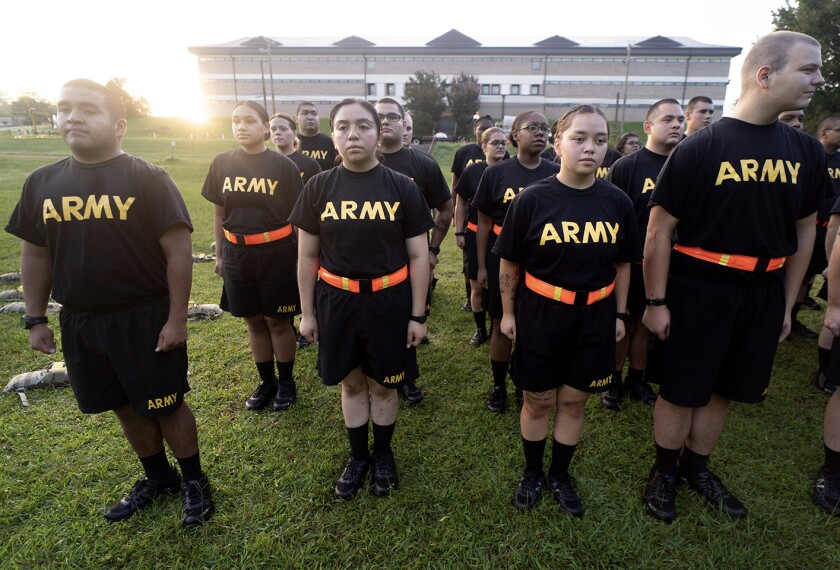A coalition of education, government, and social services agencies in Philadelphia launched a citywide campaign last week to decrease the city’s high school dropout rate.
The Philadelphia Youth Transitions Collaborative announced the $2 million Project U-Turn initiative, which includes policy recommendations and steps the school district, the local government, and other stakeholders will take to stem the dropout rate.
The city is one of five nationwide with campaigns to reduce dropout rates; their efforts are funded by three national philanthropies and local contributors.
The Philadelphia effort aims to cut the number of high school dropouts by 25 percent—or by more than 2,000 students—by 2010. It will also work to raise the number of student spaces in alternative education programs by almost 50 percent, from 2,800 to at least 5,000, by 2008, according to “Turning It Around,” one of two reports released by the collaborative in conjunction with the project announcement.
“Philadelphia has a dropout crisis,” write Ruth Curran Neild and Robert Balfanz, the authors of the second report, “Unfulfilled Promise,” and both research scientists at Baltimore’s Johns Hopkins University. “Even the most optimistic estimates paint a disturbing picture.”
More than 8,200 Philadelphia public school students—about 6 percent of students in grades 6-12— dropped out in 2003-04, according to the researchers.
Some of the changes needed to keep students in school are already in progress, said Melissa J. Orner, the vice president for communications and development at the Philadelphia Youth Network, the nonprofit group coordinating the citywide effort.
They include helping to redesign the 194,500-student district’s alternative education programs, improving an educators’ toolkit on how to better serve older students with low literacy skills, and better aligning the curriculum and occupational training in Philadelphia’s six main juvenile-detention institutions so students can make better transitions into public schools, she said.
“In that transition is where the drop-off happens,” she said. “That’s part of the sense of discouragement and failure that helps [push the students] to drop out.”




